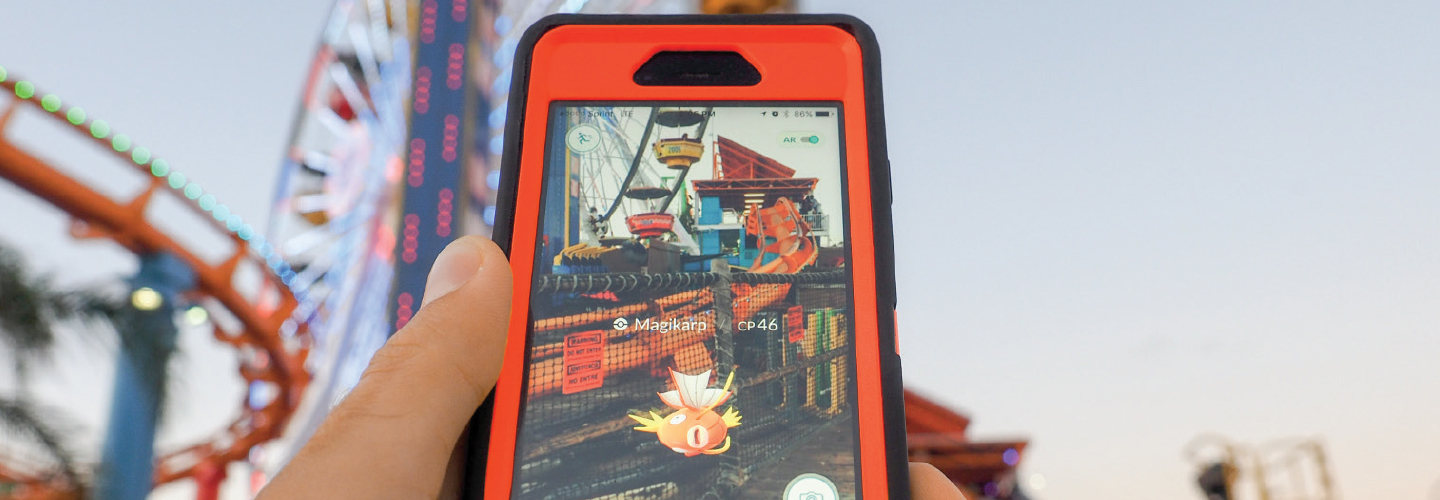Last summer, digital monsters began popping up all over cities, parks, and living rooms with the release of Pokémon GO. The smartphone app lets people catch and battle Pokémon in the real world. The game is based on a technology called augmented reality (AR) that allows people to view digital information that is superimposed on their physical environment.
Pokémon GO quickly became one of the most popular apps of all time. Its successful use of AR could change the future of gaming by getting players to interact with the real world. But beyond helping you “catch ’em all,” AR has the potential to revolutionize how we experience many other aspects of life—from medicine to education and beyond.
Last summer, digital monsters began popping up all over cities, parks, and living rooms with the release of Pokémon GO. The smartphone app lets people catch and battle Pokémon in the real world. The game is based on technology called augmented reality (AR). It allows people to see digital information that is superimposed on the physical world around them.
Pokémon GO quickly became one of the most popular apps of all time. Its successful use of AR could change the future of gaming. That’s because it gets players to interact with the real world. But AR could do more than help you “catch ’em all.” It could also change how we experience many other parts of life—from medicine to education and beyond.

